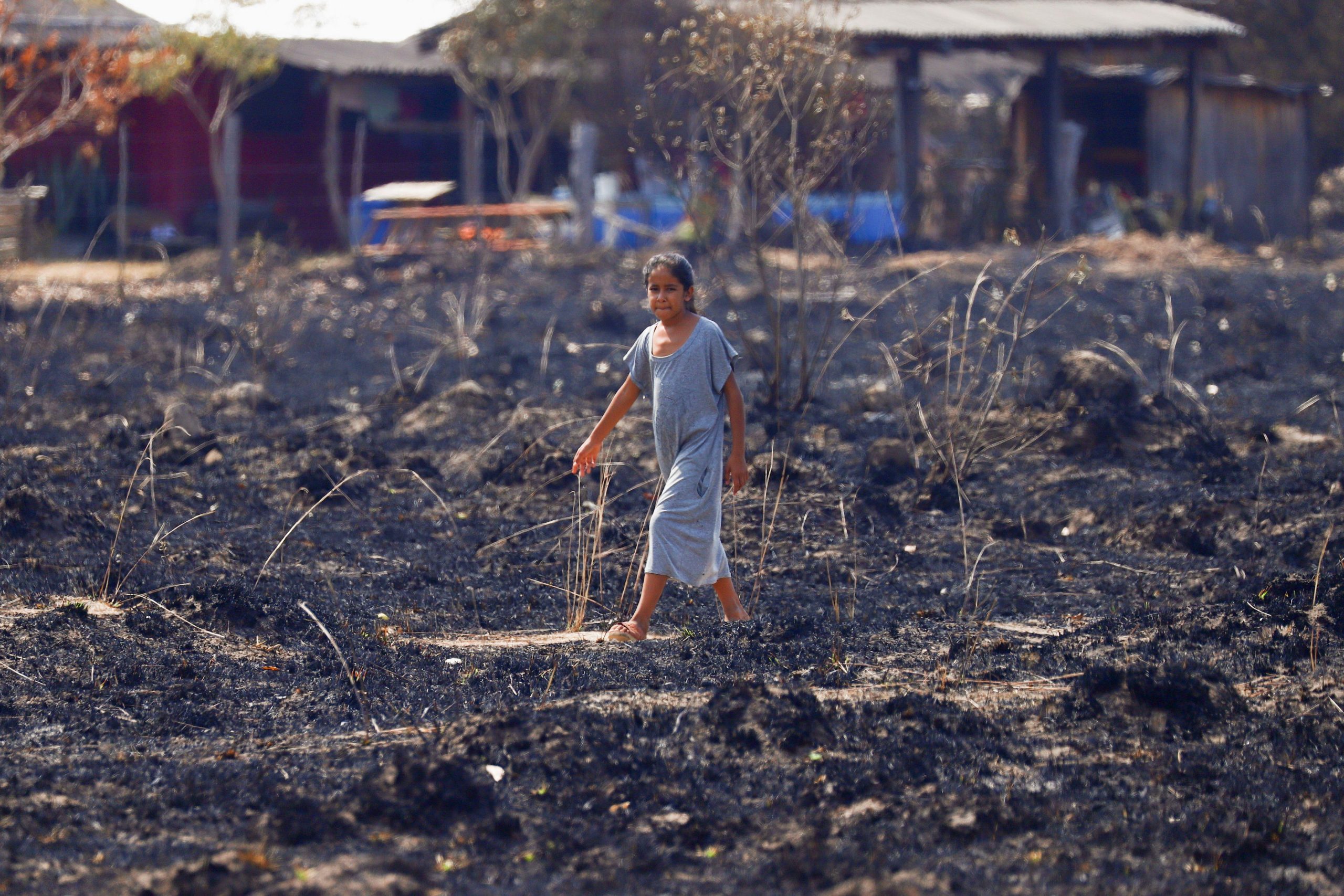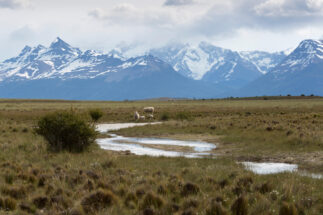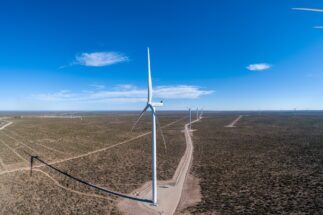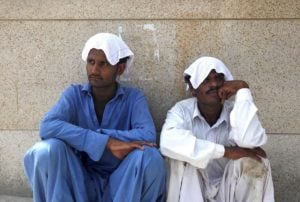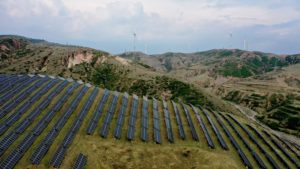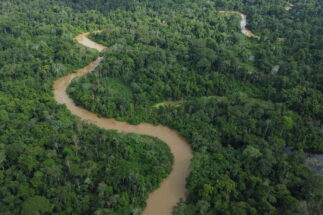A new scientific report warns of the irreversible impacts of climate change over the coming decades, and points to Latin America as being highly exposed, with the region’s vulnerability exacerbated by social and economic factors such as high levels of poverty and inequality.
The Intergovernmental Panel on Climate Change (IPCC), the UN body that brings together climate scientists from around the world, published its latest report, “Climate Change 2022: Impacts, Adaptation and Vulnerability” on 28 February, the second part of its Sixth Assessment Report. It highlights the dangerous and widespread alterations in nature that climate change is causing, affecting the lives of billions of people.
The world faces numerous climate hazards and impacts over the coming decades, many of them irreversible. Climate change will continue to increase the incidence of heat-related diseases, impact food security and make access to water more difficult. The consequences will be even more marked if global warming exceeds 1.5C above pre-industrial levels, the targeted lower limit of the 2015 Paris Agreement.
“This report is a dire warning about the consequences of inaction,” remarked Hoesung Lee, the IPCC’s chair, at a press conference presenting the report. “It shows that climate change is a serious and growing threat to our well-being and a healthy planet. Our actions today will determine how people adapt and nature responds to growing climate risks.”
Impacts on Latin America
Thelma Krug, vice-chair of the IPCC, said that Latin America faces greater vulnerabilities than developed countries to climate change, as its effects are deepened by poverty and inequality. This, she added, could affect the region’s role as a food producer and lead to food insecurity.
For example, between 2015 and 2019, crop growth duration – the time between sowing and harvest – for soy shortened by 4.7% in Central America, 3.1% in northwest South America and 2.7% in southeast South America. Meanwhile, growth duration for maize in the same period declined 5% in Central America, 5.6% in northwest South America and 5.2% in southwest South America. Such changes can and will continue to disrupt established cycles and yields.
Extreme weather events are already affecting Latin America. The list of threats includes rising temperatures and sea levels, coastal erosion and increasing frequency of droughts, associated with a decline in water supply and impacts on livelihoods. For example, the number of extreme weather events in Central America has increased 3% per year in the last 30 years, the report reveals.
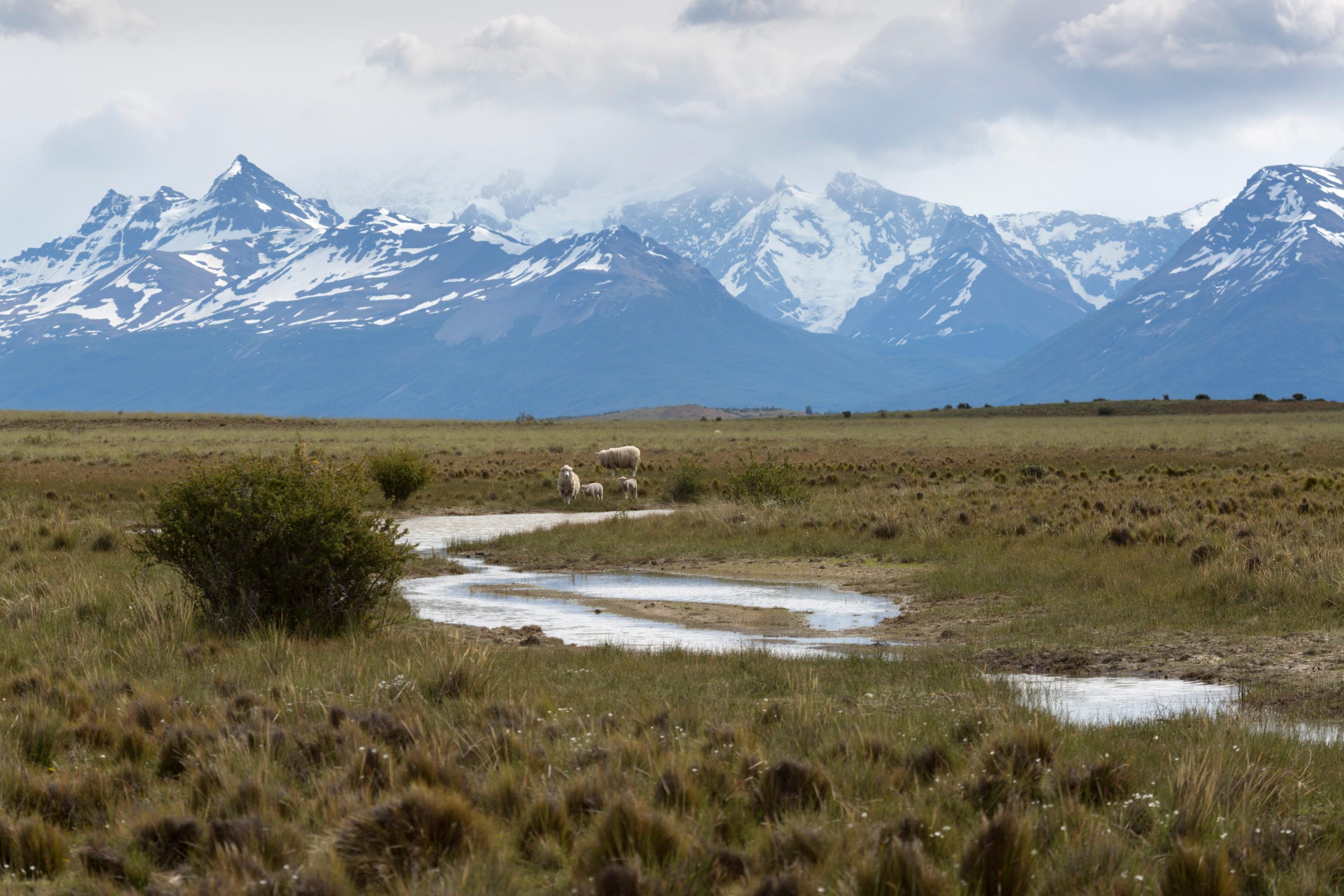
The Amazon, one of the world’s largest reservoirs of biodiversity and carbon, is described as highly vulnerable to drought. Exposure to droughts in the biome increased from 8% in 2004–2005 to 16% in 2015–2016, partly attributed to climate change. This has led to increased tree mortality and a decline in the productivity of its forests.
“Climate change and its associated effects, such as deforestation and forest fires, have made the Amazon more vulnerable. This affects its capacity to store carbon,” said IPCC author Jean Ometto, a scientist from Brazil. “We have already identified lower rainfall and more intense droughts in the southern Amazon.”
The IPCC pointed to a synergy among fire, land use change (particularly deforestation) and climate change that directly impacts human health, ecosystem functioning, forest structure, food security and the livelihoods of resource-dependent communities. Across Latin America, people are becoming more exposed to the dangers of wildfires, with between one and 26 additional days’ exposure in the 2017–2020 period, compared to 2001–2004.
Since the mid-20th century, increased average rainfall has had a positive impact on agricultural production in southeastern South America. Conversely, a lack of rainfall has affected subsistence agriculture in the vulnerable Dry Corridor of Central America and in the tropical Andes, compromising food security.
The vulnerability of our countries depends on interconnected variables such as ecosystems, poverty, access to basic services and education
Dramatic glacier loss is also highlighted in the new release. In the Andes, anywhere between 30% to 50% of glacier area has been lost since the 1980s. The glaciers of the Southern Andes show the highest rates of mass loss worldwide, and contribute to sea level rise. Glacier retreat, alongside temperature increase and variability of rainfall, have affected ecosystems, water resources, and livelihoods.
The Andean region, northeastern Brazil and northern Central American countries are the regions most vulnerable to climate migration and displacement in Latin America, the report says. Here, social, political and economic factors interact with increasingly frequent and forceful extreme weather events, such as hurricanes, floods and tropical storms.
“The vulnerability of our countries to climate change depends on a series of interconnected variables, such as the ecosystems on which we depend and which sustain us, on poverty, access to basic services, and education,” said Edwin Castellanos, a Guatemalan scientist and author of the report.
The future and adaptation
If greenhouse gas emissions aren’t reduced, the risks from climate change in Latin America will increase significantly, according to the report. These include droughts, increased epidemics of vector-borne diseases such as malaria and dengue, and water insecurity due to glacial retreat. For example, more frequent, shorter and severe droughts are projected in the La Plata basin, which stretches across northern Argentina, Uruguay, Paraguay, eastern Bolivia and southern Brazil.
Impacts on rural livelihoods and food security, especially for small- and medium-scale farmers and indigenous peoples, are expected to worsen, including an overall reduction in agricultural production, adequate agricultural land and water availability. By 2050, yield reductions of 19% for beans, 23% for rice and between 4% and 21% for maize are projected in Central America.
Extreme precipitation events, which result in floods, landslides and droughts, are projected to intensify in magnitude and frequency due to climate change. A 1.5C increase would result in an increase of up to 200% in the populations affected by floods in Colombia, Brazil and Argentina, 300% in Ecuador and 400% in Peru.
We have a window of opportunity to adapt and reduce Latin America’s vulnerability
The feedback between climate change and land use change, particularly deforestation, could increase the threats to the Amazon, leading to increased fire occurrence, forest degradation and long-term loss of forest structure. The combined effect of both impacts will lead to a long-term decrease in carbon stocks in forest biomass.
The Amazon has been identified as one of the areas of persistent and emergent regional climate change hotspots. Across the Amazon region, the IPCC projects that by mid-century there will be an increase of river and pluvial floods, aridity, mean wind speed, extreme heat, fire weather and drought.
“The sooner we start adapting, the lower the cost will be. It is much cheaper to invest in prevention and adaptation than to invest post-disaster,” said Liliana Miranda, a Peruvian scientist and IPCC author. “We have a window of opportunity to adapt and reduce Latin America’s vulnerability.”
The IPCC highlights financing as the main obstacle to climate change adaptation in Latin America. Developed countries have for over a decade promised to provide US$100 billion in adaptation and mitigation funds to developing countries, a goal that so far has not been met.
As the report details, numerous adaptation actions are already underway in the region, including: efforts to improve water supply and quality; crop diversification; early warning systems for hazardous events; payments for ecosystem services; green infrastructure; nature-based solutions; and climate-health observatories.
Effective adaptation, however, will depend on policies and actions at multiple scales, involving stakeholders from all social groups, including the most exposed and vulnerable populations, the IPCC urges. It adds that indigenous and local knowledge is crucial for adaptation and resilience to climate change.
Once more, the report is another sobering call to action – and a call for urgency. “Science has not been respected or heard. Governments only care if they are gaining power or money,” Gregorio Mirabal, head of the Coordinator of Indigenous Organisations of the Amazon River Basin (COICA) told Diálogo Chino. “We have not been able as humanity to respect nature and now we are up against time.”
